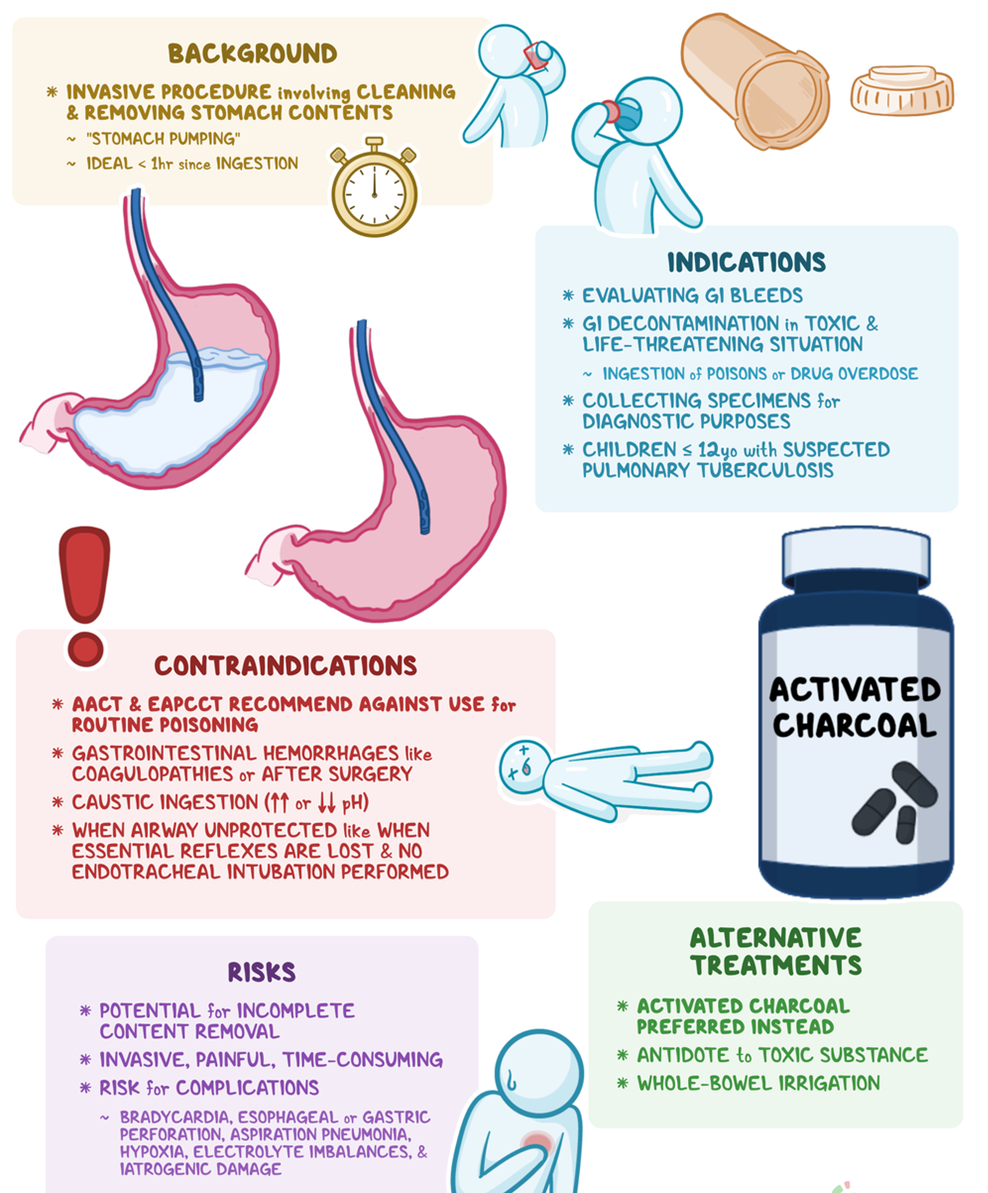A nurse is caring for a client who has a history of diabetes mellitus and is being admitted to the unit confused, flushed, and with an acetone odor on the breath. Diabetic ketoacidosis is suspected. The nurse should anticipate using which of the following types of insulin to treat this client?
Regular insulin
Insulin detemir
Insulin glargine
NPH insulin
The Correct Answer is A
A. Regular insulin:
Regular insulin, also known as short-acting insulin, is commonly used in the initial management of diabetic ketoacidosis. It has a relatively rapid onset of action, making it suitable for addressing the acute and severe nature of DKA.
B. Insulin detemir:
Insulin detemir is a long-acting insulin analog. It is not the preferred choice for addressing the acute insulin needs in DKA; instead, it is used for basal insulin requirements in the maintenance phase of diabetes management.
C. Insulin glargine:
Insulin glargine is a long-acting insulin analog used for basal insulin coverage. Like insulin detemir, it is not the first choice for addressing the acute insulin needs in the initial treatment of DKA.
D. NPH insulin:
NPH (Neutral Protamine Hagedorn) insulin is an intermediate-acting insulin. While it has a role in diabetes management, it is not the preferred choice for the initial treatment of DKA. NPH insulin has a slower onset and longer duration compared to regular insulin.
Nursing Test Bank
Naxlex Comprehensive Predictor Exams
Related Questions
Correct Answer is C
Explanation
A. Positioning the client on the right side is not a standard recommendation for gastric lavage. The standard position is typically on the left side to facilitate the drainage of gastric contents.
B. Instilling 1000 mL of sterile saline is not a recommended action for gastric lavage. Gastric lavage involves the removal of stomach contents rather than instilling fluids.
C. Withdrawing fluid until it is clear is the correct action. Gastric lavage is a medical procedure used to empty the stomach contents. The process involves introducing small amounts of fluid (such as saline) into the stomach and then aspirating it back, along with gastric contents, until the aspirate is clear.
D. Connecting the NG tube to high continuous suction is not a standard approach for gastric lavage. Gastric lavage involves intermittent instillation and withdrawal of small amounts of fluid to clear the stomach.

Correct Answer is C
Explanation
A. Instruct the client that they can lift over 20 lbs:
Lifting heavy objects should be avoided postoperatively to prevent strain on the surgical site. The specific weight restriction may vary, but lifting heavy objects is generally discouraged.
B. Offer the client ice cream postoperatively:
While offering ice cream may be a comforting measure, it is not a specific action related to the recovery from a laparoscopic cholecystectomy.
C. Encourage ambulation once fully awake:
This is the correct action. Encouraging ambulation helps prevent complications such as blood clots and promotes recovery after laparoscopic surgery. Early mobility is generally encouraged unless contraindicated for specific reasons.
D. Place the client in a supine position postoperatively:
The position of the client postoperatively depends on the specific surgical procedure and the surgeon's preferences. However, placing the client in a supine position alone is not a comprehensive postoperative care action.
Whether you are a student looking to ace your exams or a practicing nurse seeking to enhance your expertise , our nursing education contents will empower you with the confidence and competence to make a difference in the lives of patients and become a respected leader in the healthcare field.
Visit Naxlex, invest in your future and unlock endless possibilities with our unparalleled nursing education contents today
Report Wrong Answer on the Current Question
Do you disagree with the answer? If yes, what is your expected answer? Explain.
Kindly be descriptive with the issue you are facing.
